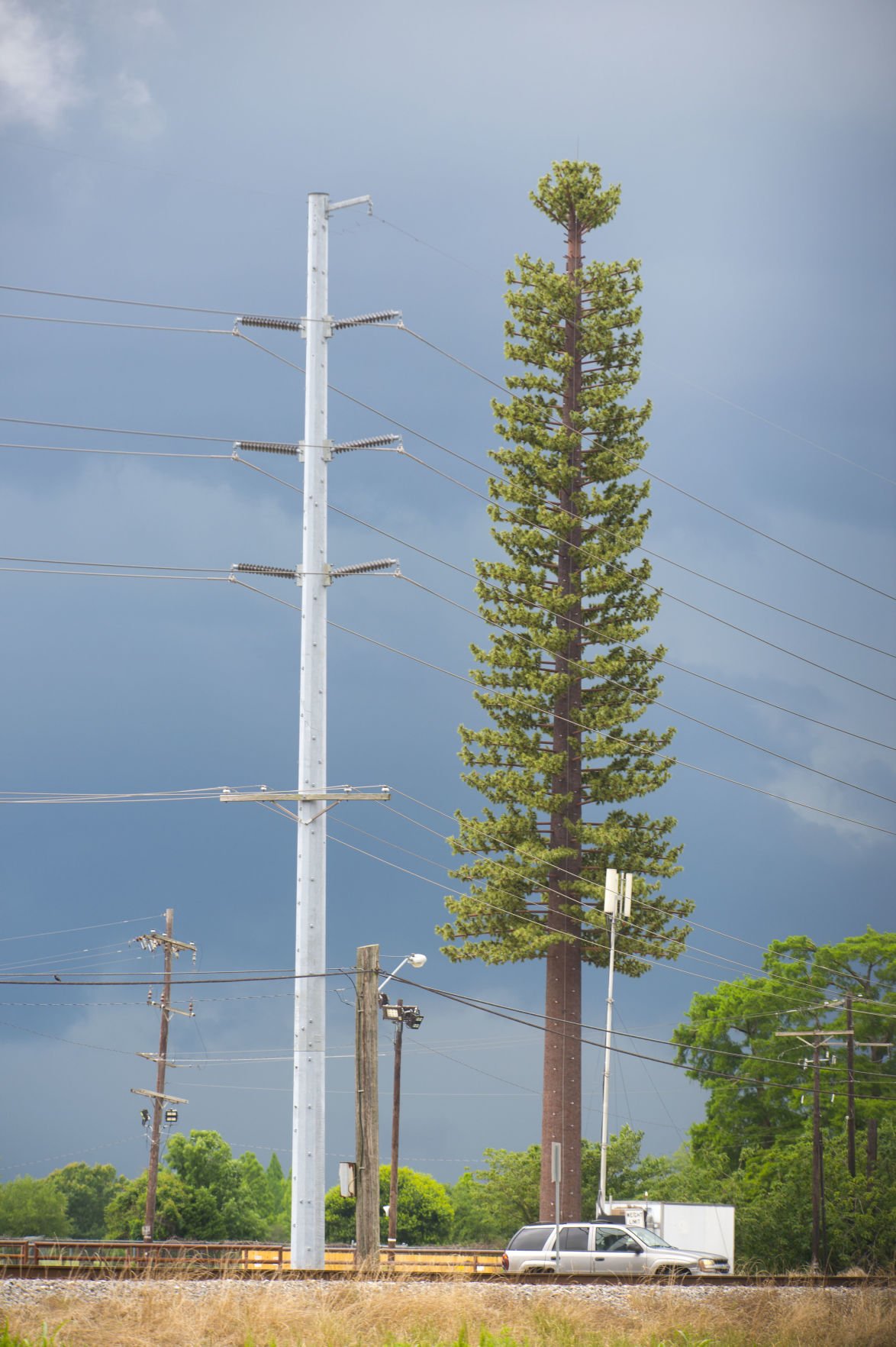If https://te.legra.ph/How-Far-Can-You-Get-Coming-from-a-5G-Mobile-phone-Tower-Without-Becoming-Unsafe-04-26 've ever walked through a city and spotted tiny cell towers for 5G placed on poles for street lighting. They look like little boxes, but they're actually broadcasting wireless signals from mobile providers to your phone.
They are replacing larger specially-designed cell towers. While they're less noticeable, they still can cause issues for users.
It is the of the FCC's Radiation Exposure Thresholds
The FCC's Radiation Exposure Thresholds establish the maximum amount of time an individual can be exposed to electromagnetic energy from wireless devices. The limits for exposure are based on scientific data which show that the energy of RF could cause harm to health.
The specific absorption rate (SAR) is an indication of the radiofrequency energy that is absorbed by tissue. It is typically 1.6 watts per kilogram, spread over a Gram of tissue.
Since 5g is able to transmit at higher frequencies, it has the potential to cause greater energy intensity on the skin and other directly-exposed body parts. This could lead to many possible harms, such as an increase in formation of skin disorders such as dermatitis and cataracts and skin cancer.

Due to the potential for harmful effects of radiation from 5G, PSU has chosen to set a general localized power density limit of 4 mW/cm2 averaged on 1cm2, and never exceeding 30 minutes for all 5G services running at 3000 GHz. This localized limit is consistent with the highest SAR that is spatially averaged at 1.6 W/kg, which is averaged over 1 g of tissue at 6 GHz.
The FCC's Maximum Exposure Thresholds for Maximum Exposure
If you've ever used a mobile phone, you probably know that the safest distance from the tower is around 400 meters. safe distance to live from cell phone tower is because the power of the transmission of cell towers increases drastically the farther you are from it.
Although this may sound like an ideal idea however, those living close to towers could be more vulnerable to health problems. For example, a study from 2014 in India discovered that people living within 50 meters from cell towers suffered significantly more health complaints than those who were distance from them.
This study found that people who moved into areas farther away from cell towers experienced their symptoms improve within a couple of days. Another study has shown that exposure to high amounts of electromagnetic field radiofrequency (EMFs) could cause brain tumors, cancers, and other health problems.
This is due to the fact that radiofrequency radiation, which is used in wireless communication, can penetrate the human body's outer layer, the skin. what is a safe distance from a cell tower is vital to be aware of this because the skin acts as a barrier to protect against injuries caused by mechanical forces, infections from pathogenic microorganisms, as well as entry of toxic substances. The skin is the biggest organ in the human body and is accountable for protecting other organs.
The FCC's Minimum Exposure Thresholds for the Minimum Exposure
The FCC's Minimum Exposure Thresholds are based on a variety of assumptions that aren't supported by scientific evidence. This includes the false assumption that exposures to RF radiation are safe because of the minimal penetration into the body (i.e. the heating of tissues).
The assumption is also ignoring the greater penetration of ELF components of modulated RF signals and the effect on the body of short bursts caused by RF pulses. These assumptions do not correspond with current understanding of the biological consequences of RF radiation. As such they shouldn't be used for health protective exposure standards.
Furthermore to that, ICNIRP and FCC limit their limit of exposure to the local SARs based on the peak frequency of absorption (psSAR), which can be described as an inadequate dosimetric tool for determining the level of exposure to RF radiation. Particularly, psSAR is inaccurate for frequencies that exceed 6 GHz. Furthermore, psSAR has not been evaluated for RF radiation exposed to other environmental agents such like sunlight. In the event of interactions, RF radiation with other environmental agents could produce synergistic or antagonistic impacts. This could result in an increased risk of negative health effects. For instance, exposure to RF radiation with sunlight may increase the risk of developing skin cancer, and may also exacerbate other skin conditions like acne.
